
- Quick contact : 9447749270
-
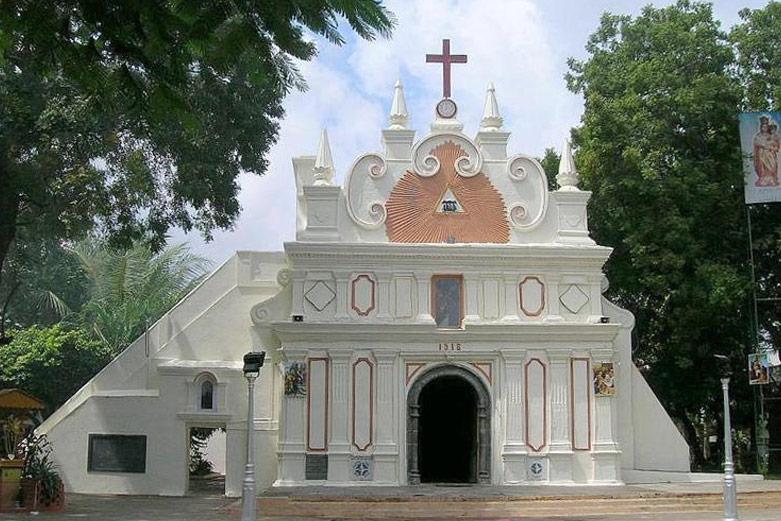 San Thome Basilica Mylapore
San Thome Basilica Mylapore -
 St Thomas Mount Chennai
St Thomas Mount Chennai -
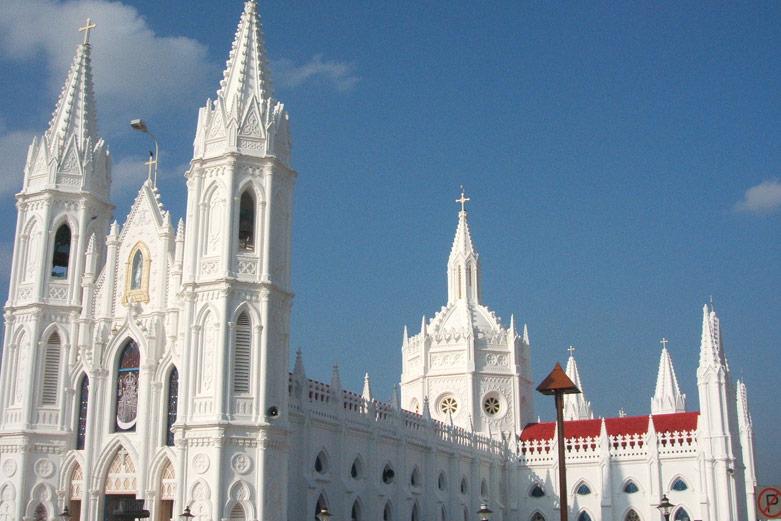 Velankanni : Mother Mary Church
Velankanni : Mother Mary Church -
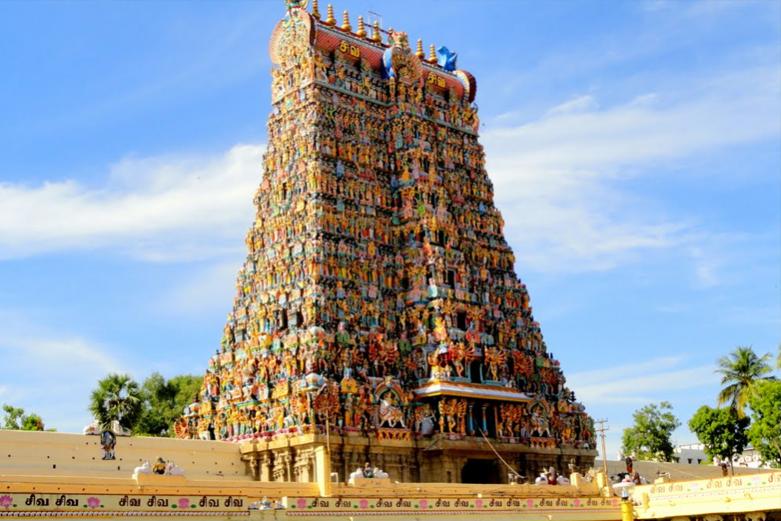 MADHURA MEENAKSHI TEMPLE A rock-cut temple
MADHURA MEENAKSHI TEMPLE A rock-cut temple -
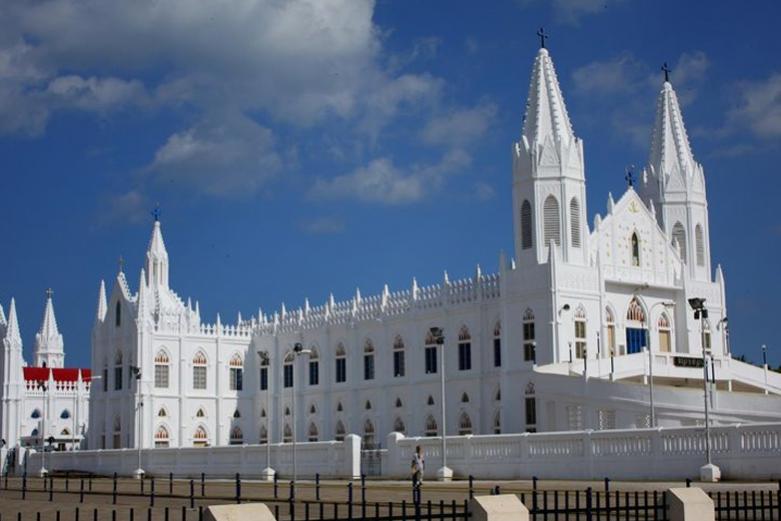 VELANKANNI Located in Nagapattinam.
VELANKANNI Located in Nagapattinam. -
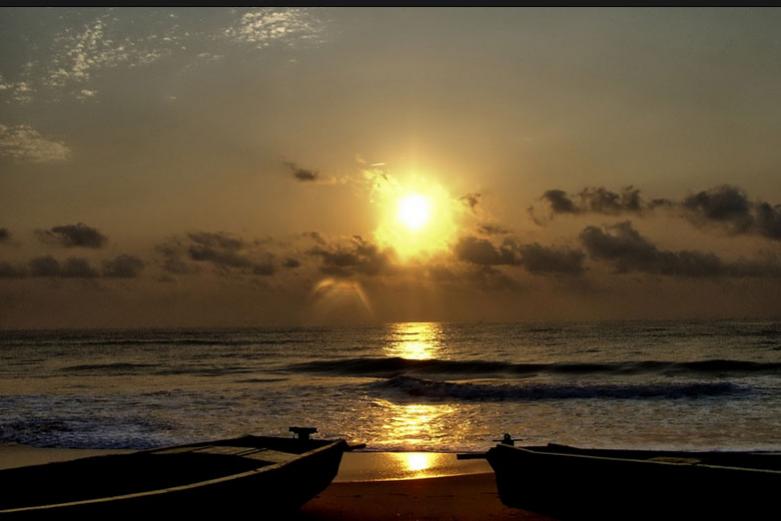 MAHABALIPURAM It is an attractive tourist spot.
MAHABALIPURAM It is an attractive tourist spot. -
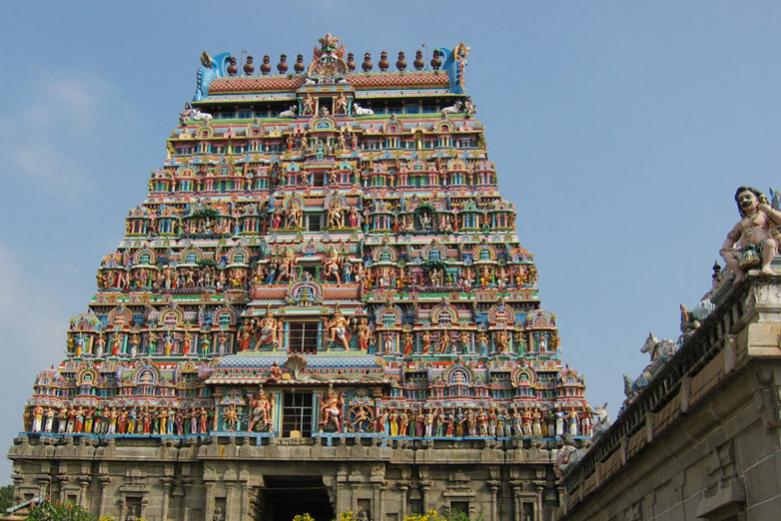 CHIDAMBARAM TEMPLE Nataraja Temple
CHIDAMBARAM TEMPLE Nataraja Temple -
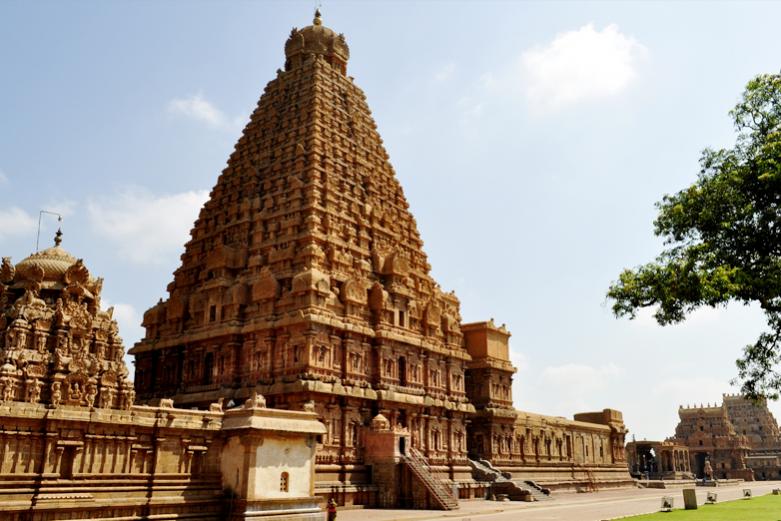 BRIHADEESWARAR TEMPLE Big temple is the prime attraction of Thanjavur.
BRIHADEESWARAR TEMPLE Big temple is the prime attraction of Thanjavur. -
 AGNITHEERTHAM Agnitheertham,
AGNITHEERTHAM Agnitheertham,

San Thome Basilica Mylapore

St Thomas Mount Chennai

Velankanni : Mother Mary Church

MADHURA MEENAKSHI TEMPLE
Thirupparankundram Murugan Temple is located at a distance of 8 km from the centre of Madurai city. A rock-cut temple carved out of the mountain is considered as one of the abodes of Lord Murugan.
Built in 8th century by Pandya King, the shrine in the temple is cut out of a solid rock. The temple houses shrines of Lord Subramanya, Lord Shiva, Lord Vinayaka, Goddess Durga, Lord Vishnu and other deities.
There are number of cubical pillars with lotus medallions at the entrance of temple. The temple has innumerable cave shrines that are small and approached through narrow dark passages. The inscriptions on the chamber walls are believed to date back to the early medieval period.
The temple is a place from where sun and moon can be seen together at different times of the day. This temple is considered holy for conducting marriages, as it is believed that marriage of Lord Subramanya was celebrated in this temple.

VELANKANNI
Velankanni is a small holy town located in Nagapattinam. Located 12 km to the south, this town sits on the Coromandel Coast in Tamil Nadu. The most significant place at Velankanni is the Shrine of Virgin Mary which is dedicated to the Madonna of Velankanni often called Our Lady of Health.
Velankanni is a Parish or a Panchayat Town in the district of Nagapattinam in Tamil Nadu. This small town shares its borders with Bay of Bengal and is easily reached from Chennai. This is situated to the south of Chennai at the distance of 350 km.

MAHABALIPURAM
Mahabalipuram is a tourist destination situated in Tamil Nadu, which has many beautiful places. It is known for its historical monuments, sculptures, scenic beauty, culture and tradition. Mahabalipuram is placed along the Coromandel Coast facing the Bay of Bengal. It is an attractive tourist spot.

CHIDAMBARAM TEMPLE
Nataraja Temple is the main temple of Chidambaram, which is dedicated to the Nataraja or the dancing posture of Lord Shiva. This temple is located in the heart of the town and has undergone numerous renovations under the reign of Chola and Pallava kings. In 1213 AD, Aragalur Udaya Iraratevan Ponparappinan rebuilt some of the parts of this temple.
The Nataraja Temple is known for its attractive gopurams, carvings, five mandapams and inscriptions. Built during the 10th century by Chola Kings, this temple is known for huge walls, four tall shikharas in four directions and a big Sivagangai tank. The four tall shikharas are decorated with 108 carved dance postures of Natya Shastra.
There are five main principle sabhas in this temple, which are known as Chit Sabha, Kanaka Sabha, Deva Sabha, Nritya Sabha and Raja Sabha. The main idol of Lord Shiva or Nataraja resides in the Chit Sabha.

BRIHADEESWARAR TEMPLE
Brihadeshwar temple or the Big temple is the prime attraction of Thanjavur. Brihadeshwar temple was built in the early 11th century by Rajaraja Chola I. The temple is built in Dravidian style of architecture in granite. Brihadeshwar temple, known also as Rajarajesvaram, is one of the well preserved Heritage Sites in Tamil Nadu. The temple dedicated to Lord Shiva has a 2.7 m high Shivalinga, which is about 7 m in diameter. The construction which encloses sanctum sanctorum is known by the name 'Periya Kovil' or the ‘Big temple’. The 70 m high ‘Vimana’ of the temple is built in such an architectural precision, that its shadow never falls outside itself. The Shikharam, which weighs about81.25 tons, is carved out of a single stone. Brihadeshwar temple also features a massive idol of Nandi (bull), the mount of Lord Shiva. This idol, which weighs about 25 tons, has a height of about 3.6 m, length of 5.94 m and a width of 5.56 m. This idol is seated in ‘Nayak Mandapam’, which is decorated with intricate carvings. The ceiling of this mandapam is noted for its 1000 year old frescoes. Portraits of Sevappanayakan and his son Achyutappa Nayak (the early Nayak rulers) can also be seen on the front pillars of Nandi Mandapam
Though Cuddalore was heavily affected by the tidal waves of the 2004 tsunami, the city with its indomitable spirit has swung back into action. Cuddalore is connected to other parts of Tamil Nadu through a very good rail and road network.

AGNITHEERTHAM
Agnitheertham, holding religious significance for Hindus, is situated at a distance of 100 metres from the Ramanathaswamy Temple. This place is located towards the east of the main entrance of the temple and is a suitable place for bathing. The water in Agnitheertham is considered to be sacred and many pilgrims perform pooja at this seashore for honouring their ancestors.
As per legend, it is believed that Agnitheertham is the spot where Lord Rama offered his prayers to Lord Shiva, after killing Ravana. Shiva devotees across the globe take a holy dip in the Agnitheertham for washing away their sins. The visit to the Ramanathaswamy Temple is often preceded by a bath at this spot.
 Need Quick Assistance ?
Need Quick Assistance ?  +91 9447749270
+91 9447749270  booking@merrygoldholidays.com
booking@merrygoldholidays.com